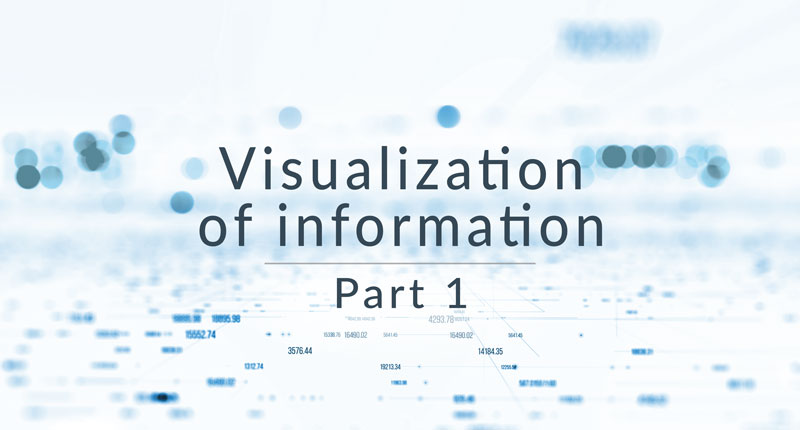Data visualization can be transformative in a production environment. In this series of blogs we consider how it can cut through statistics to tell a broader story about your studio – a process that’s very dear to our hearts here at NIM.
Data has become an essential element of production and the amount of information we are accumulating on a daily basis is staggering. We are dealing with more data than ever, adrift in a sea of statistics that often threatens to engulf us. But there’s a way to cut through the waves of information. Data visualization can part that ocean, providing a clear path to deeper business wisdom and insight.
The “picture” of production
Efficient data visualization is key to everything we do at NIM. Our goal is to give you the full picture of your studio at a glance, and we don’t take that mission lightly. If NIM doesn’t provide instant, accessible information about a project or your studio’s approach to a certain task, then it’s not doing its job.
How do we approach it? Good data visualization invites the viewer to consider the subject matter and its substance side by side. The eye is encouraged to compare and uncover the layers of detail from the broadest overview to the most minute of details. The graphics need to tell a story.
We apply this thinking to production management. Via data visualization, we seek to tell the story of your studio, from deadlines, to rate cards, to timekeeping. This “narrative”, so to speak, should always come clear in a quick, seamless glance if you’re to navigate the often perilous production landscape of today.
Producers and supervisors can easily miss the forest for the trees when faced with reams of Excel spreadsheets. The sea of data can obscure more than it illuminates.
When looking back at a project, for example, production teams may focus on micro issues and not take into account the big picture. During postmortems or wrap meetings, people can get laser-focused on the minutiae of what didn’t go right.
Visualizations abstract that; enabling people to step back and figure out what the bigger problem is and whether it’s consistent. Graphics can take individual instances, collect them in a pile, and illustrate them in ways that provide information that remains obscured when focusing in on a single moment. Visuals present the picture, the trend, the story of your studio – the underlying meta of what’s happening in any given production. That instant insight can be invaluable when it comes to major decision-making on your next project.
The “story” of visualization
Beyond instance intelligence at a glance, data visualization also provides a common language for the uninitiated. Artists, producer, supervisors, studio heads, financial operators – all can read the story of a visualization, whereas they could easily get turned off by a spreadsheet. Data visualization bridges gaps between different thinking types, which is vital in the production environment. Not everyone sees information the same way. Data visualization can get them on the same page, thus enabling stronger collaboration on better and bolder strategies.
What can happen when studios don’t implement data visualization in your attempts to read the operational efficacy of your studio? The harsh reality is that you remain incapable of drilling down to the deeper meaning and could potentially remain blind to the issues or possible efficiencies hidden within the numbers.
If you’re blocking out that deeper insight, you can’t make the appropriate changes when moving. If you’re continually making the same mistakes because you don’t understand what’s causing them, you’re not going to improve as a studio and you’ll keep banging your head against that same wall.
Sometimes it takes a new vantage point to realize that there are alternative ways of working.

